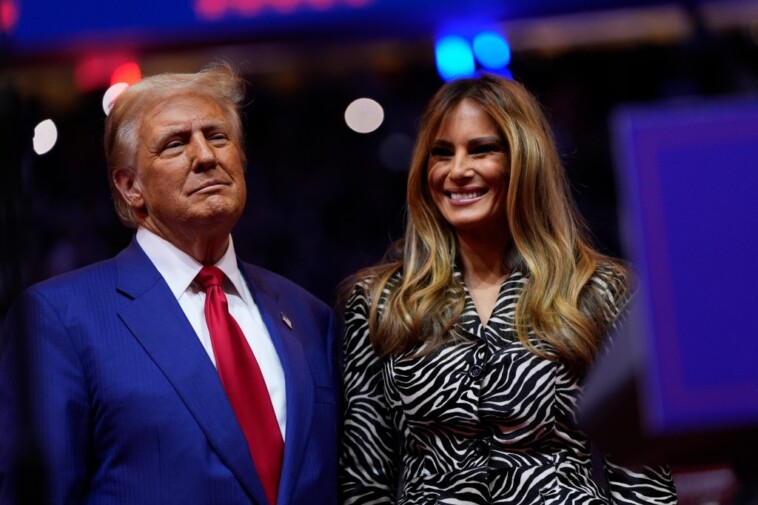The razor-thin polling margin between former President Donald Trump and Vice President Kamala Harris indicates a close race that will be decided by a handful of swing states.
A tie in the Electoral College count when all the votes are tabulated is highly unlikely, but not impossible.
Here’s a look at what would happen then.
The odds of a 269-269 tie
So how does a tie in the Electoral College happen? Here are the three simplest permutations, according to the website 270 To Win:
- Trump wins every state he captured in 2020, plus Michigan, Nevada, Pennsylvania and Wisconsin. Harris wins every state Joe Biden won in 2020, plus North Carolina.
- Trump wins every state he won in 2020, plus Michigan and Pennsylvania, while Harris holds every other state Biden won in 2020.
- Trump wins every state he won in 2020, plus Georgia, Michigan and Pennsylvania, while Harris wins every state Biden won in 2020 plus North Carolina.
An even split in the Electoral College has never occurred in the history of the US.
A tie could also hypothetically occur if some electors went “rogue” and cast their votes for third-party candidates, preventing any one contender from getting the 270 needed to win.
According to a simulation of 1,000 elections done by 538, the odds of a tie or “no winner” are just 0.2%
Who would be president?
The 12th Amendment lays out how a president would be chosen if the Electoral College finishes 269-269.
Under the law, the newly elected House of Representatives would meet on Jan. 6, 2025, to count the electoral votes.
Once no candidate is confirmed to have a majority of electoral votes, House lawmakers will break the tie, with each state’s delegation getting a single vote and a simple majority of 26 states needed to become the 47th president.
While lawmakers will technically be able to list their top three candidates, in practice the choice will be a straight shot between Trump and Harris.
Republicans currently have the majority in 26 state delegations, while Democrats have the edge in 22 delegations, with Minnesota and North Carolina evenly divided between the parties.
Who would be vice president?
The 12th Amendment also lays out the rules for how the vice president would be elected in the event of a tie.
The newly elected Senate would meet to cast their votes for the VP, which each senator having the chance to cast an individual vote.
Follow along with The Post’s coverage of the 2024 election
- Widespread voting problems reported in 2 heavily Republican Pennsylvania counties
- JD Vance cautiously confident as he casts vote for Trump: ‘You never know until you know’
- Keep yourself up to date with The Post’s liveblog about the election
- Philadelphia DA issues warning to anyone planning election interference: ‘F around and find out’
- Here’s how Election Day 2024 might unfold around the US and in New York
The Senate would have to choose between the two highest-scoring vice presidential candidates in the Electoral College, either Sen. JD Vance (R-Ohio) or Minnesota Gov. Tim Walz.
The rules mean that there is a scenario where the president and vice president could be from different parties.
What if Congress does not reach an agreement?
If the House does not select a president by noon Jan. 20, the person elected as vice president by the Senate would act as president while the representatives continued to vote.
The speaker of the House would serve as president if both the Senate and House had not come to a decision, under the Presidential Succession Act of 1947.
Neither scenario has happened in American history.






